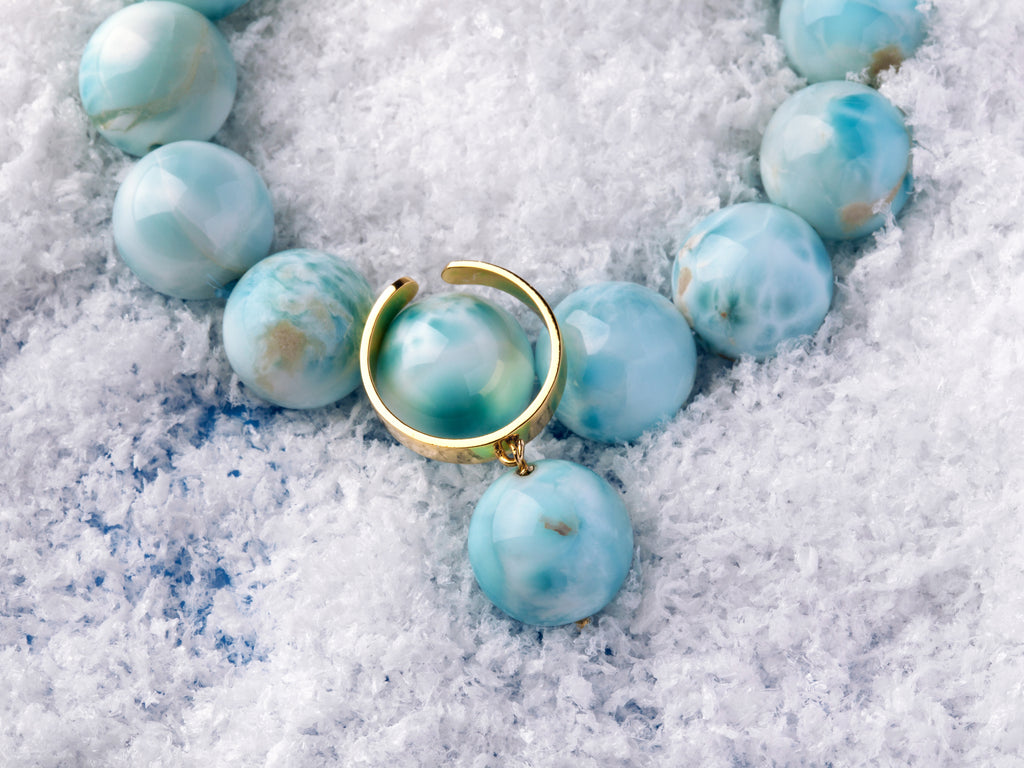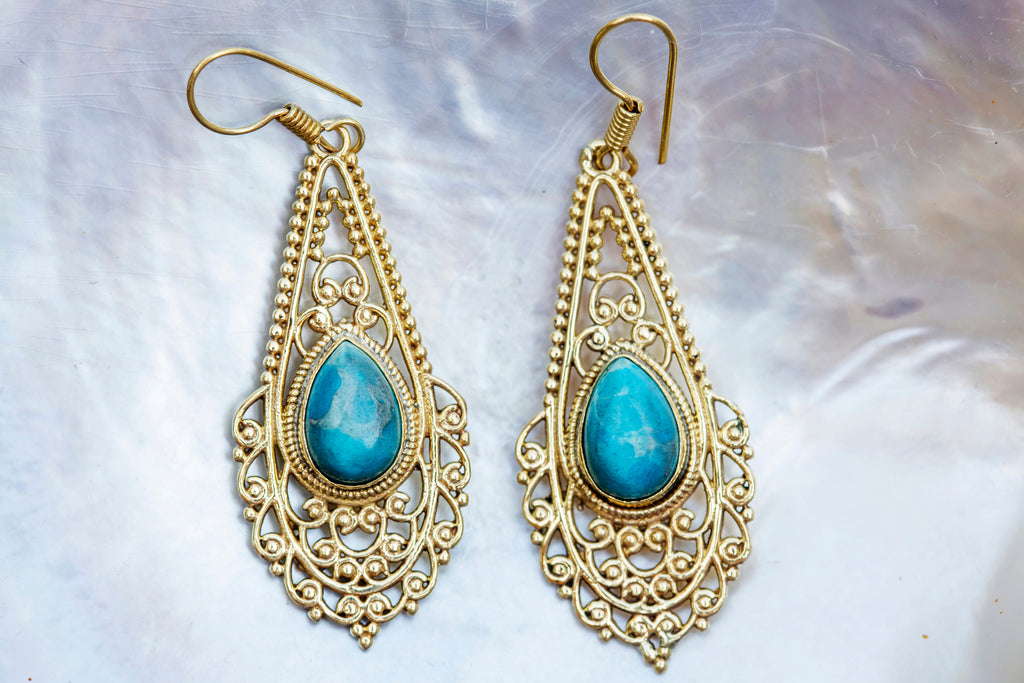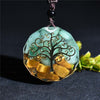Discovering Larimar: The Rare Blue Crystal from the Dominican Republic
- by wujohn
Here's an overview:
Introduction to Larimar

Larimar, also known as the "Atlantis Stone," is a rare blue variety of pectolite found exclusively in the Dominican Republic. This semi-precious gemstone exhibits a unique blue hue, reminiscent of the Caribbean Sea, attributed to the presence of copper. First discovered in 1974, Larimar has since captivated gem enthusiasts and jewelers alike.
Characteristics of Larimar include:
-
Varying shades of blue, from light sky to deep volcanic blue
-
Irregular white patterns resembling sea foam
-
High vibrational energy believed to have soothing properties
Larimar's rarity and striking appearance make it highly sought after in the world of crystal healing and jewelry craftsmanship.
Geological Formation and Rarity
Larimar originates from a single volcanic deposit in the Barahona Province of the Dominican Republic. It forms in cavities within basaltic lava. The mineral composition is primarily pectolite, but copper inclusions grant Larimar its distinctive blue hue. Factors contributing to its rarity include:
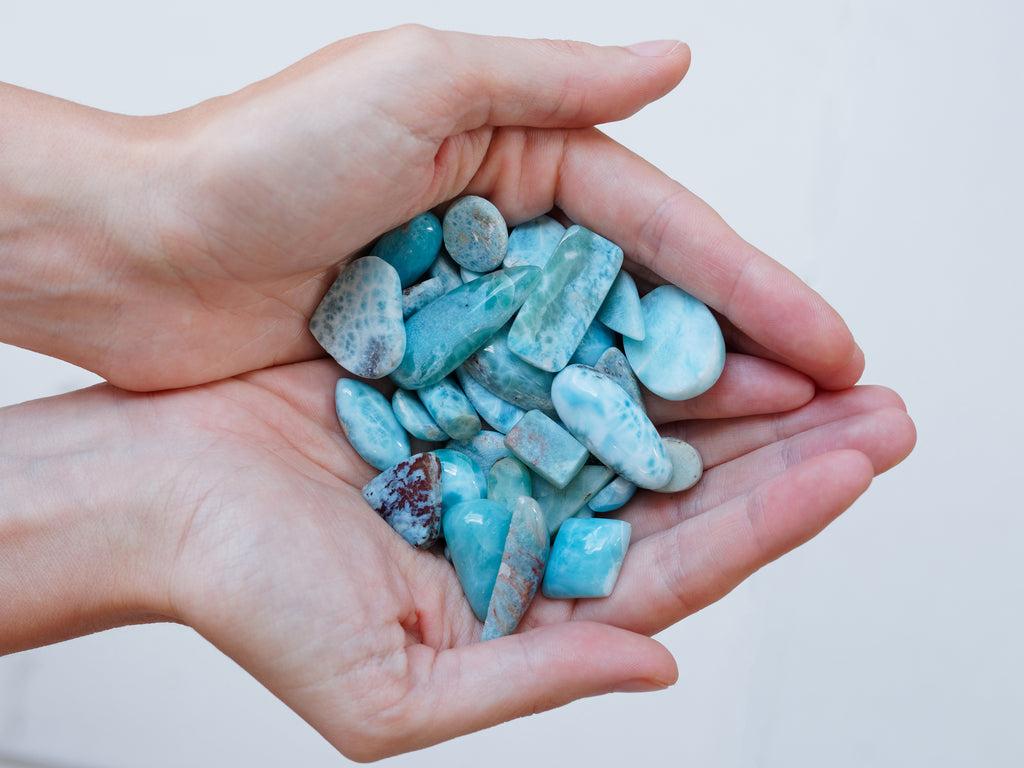
-
Limited Geographical Source: Exclusively found in a small, specific area.
-
Volcanic Activity: Requires precise volcanic conditions for formation.
-
Mining Challenges: Extraction is labor-intensive and hazardous.
Rarity is often accentuated by the quality of Larimar, with deeper hues and fewer inclusions being more prized. Consequently, premium specimens are highly sought after by collectors and jewelers.
Historical Significance and Cultural Importance
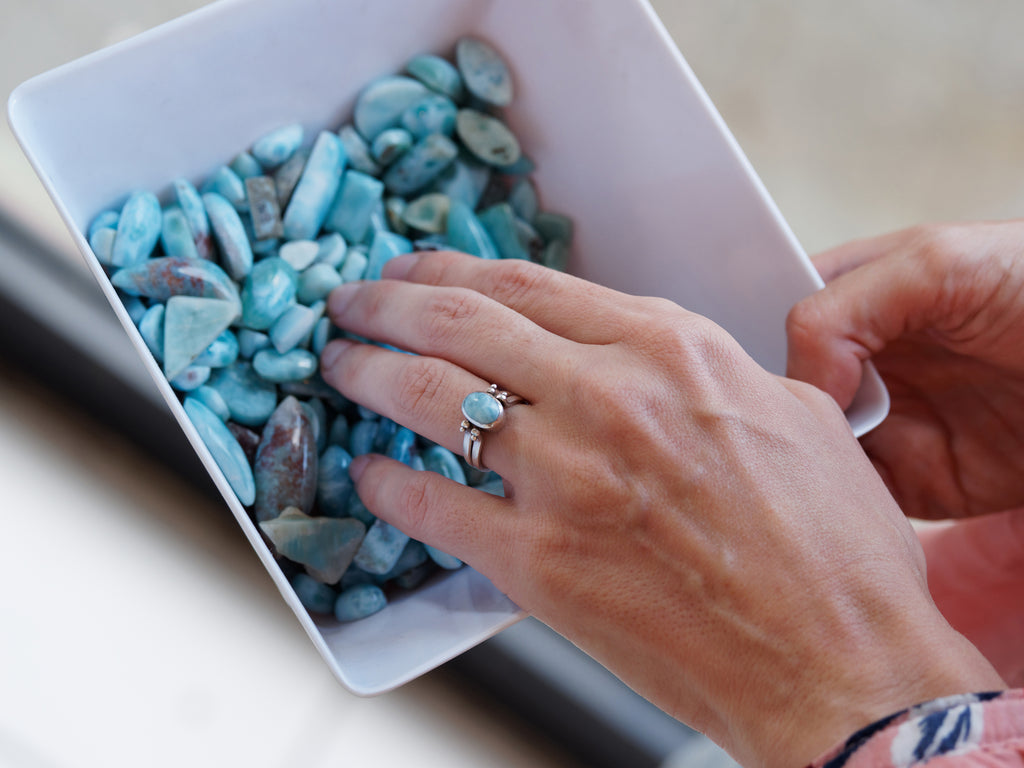
Larimar holds deep historical roots within the Dominican Republic. Native Taíno people used it for decorative and spiritual purposes. The stone's rediscovery in 1974 revived its cultural significance.
-
Taíno Culture: Incorporated as a sacred stone in rituals.
-
Rediscovery: Brought attention to regional folklore and craftsmanship.
-
Symbol of National Identity: Represents Dominican natural beauty.
-
Economic Impact: Essential in local craftsmanship and trade.
“Larimar is the Atlantis Stone, symbolizing peace and clarity.”
It encapsulates a profound connection between nature and Dominican heritage.
Physical Characteristics and Unique Appearance
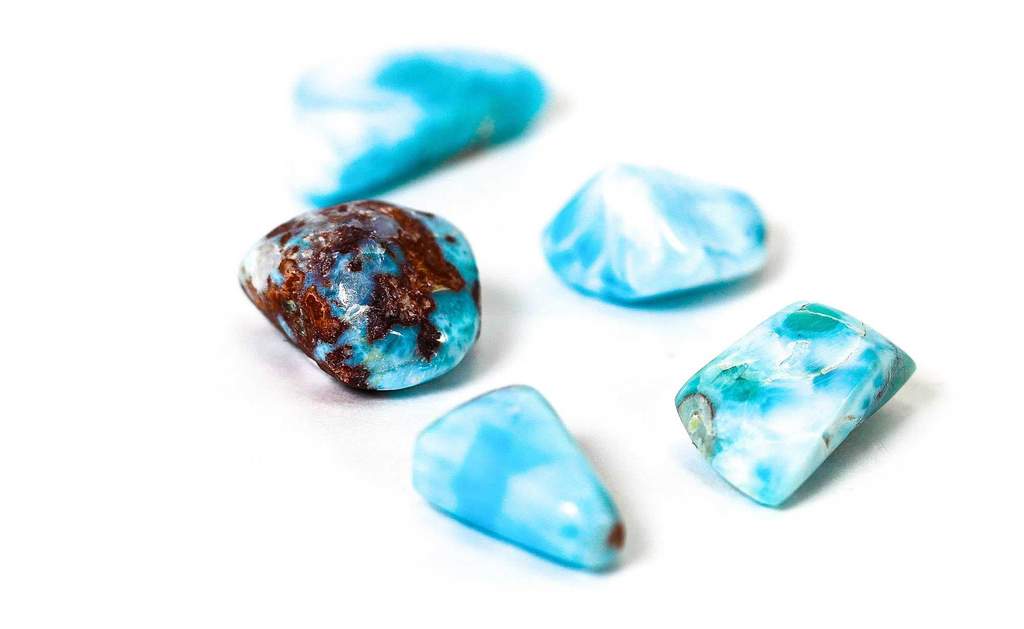
Larimar is noted for its striking blue color, which ranges from light blue to deep blue hues. The color is due to the copper content within the pectolite mineral. The stone often displays patterns that resemble the ripples of the Caribbean Sea. Physical characteristics include:
-
Hardness: 4.5 to 5 on the Mohs scale
-
Luster: Vitreous to silky
-
Transparency: Translucent to opaque
-
Density: 2.7 to 2.9 g/cm³
Unique features of Larimar include its volcanic origin and its occurrence exclusively in the Baoruco Mountain range of the Dominican Republic.
Areas of Extraction in the Dominican Republic

Larimar mining occurs primarily in the southwestern region of the Dominican Republic, specifically in the Sierra de Bahoruco. Key extraction locations include:
-
Los Chupaderos: The most renowned site, rich in high-quality Larimar.
-
Filón Los Hoyos: Another significant location known for productive mining veins.
-
La Filipina: Distinguished for both its large Larimar deposits and challenging mining conditions.
-
Las Filipinas: Recently discovered areas contributing to increased Larimar output.
Efforts are made to ensure sustainable mining practices to preserve the natural environment, balancing economic benefits with ecological considerations.
Uses in Jewelry and Healing Practices

Larimar's captivating blue hues make it highly sought after in the world of jewelry. Artisans craft it into stunning pieces including:
These pieces often incorporate silver settings to enhance the stone's natural beauty. In healing practices, Larimar is believed to possess:
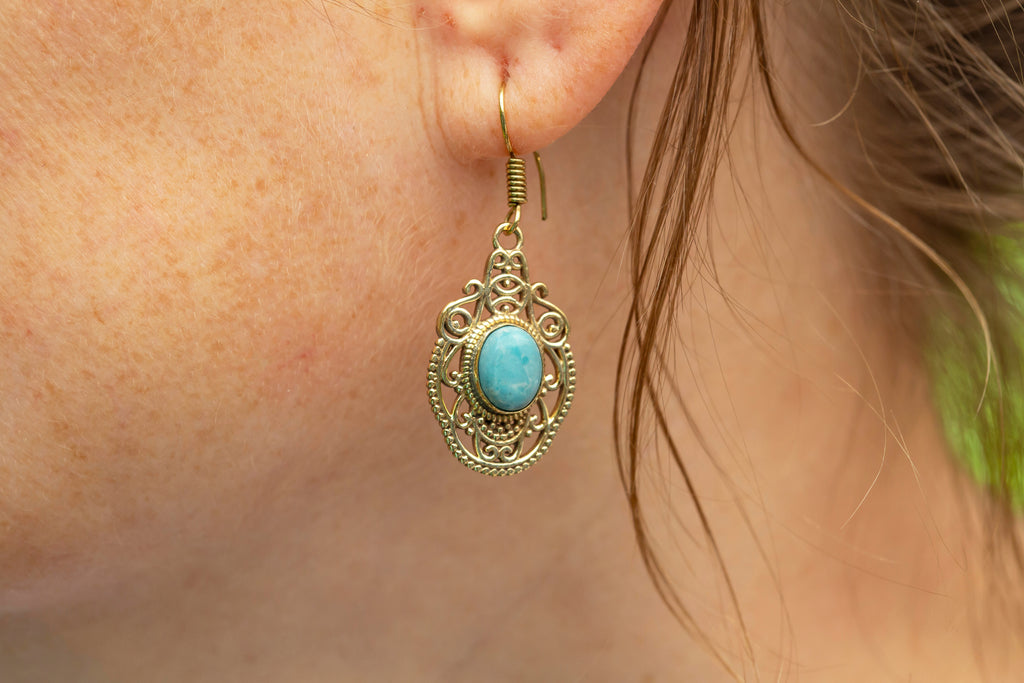
-
Calming properties: Promotes relaxation and tranquility.
-
Emotional healing: Assists in overcoming emotional trauma.
-
Throat chakra alignment: Enhances communication and self-expression.
-
Stress reduction: Reduces anxiety, fostering peace and clarity.
Larimar's unique blend of aesthetics and purported healing attributes ensures its continued popularity in both areas.
How to Authenticate Genuine Larimar

To authenticate genuine Larimar, several methods can be employed:
-
Visual Inspection:
-
Check for vibrant sky-blue hues intertwined with white streaks or milky patterns.
-
Verify that the color is consistent but has natural variations.
-
-
Hardness Test:
-
Genuine Larimar scores 4.5 to 5 on the Mohs Hardness Scale.
-
A scratch test should be conducted cautiously.
-
-
Density Measurement:
-
True Larimar has a density range of 2.7 to 2.9 g/cm³.
-
A hydrostatic balance can be used to measure density accurately.
-
-
Inclusions:
-
Authentic Larimar may have slight inclusions or internal cracks, characteristic of natural stone.
-
Caring for and Maintaining Larimar Jewelry
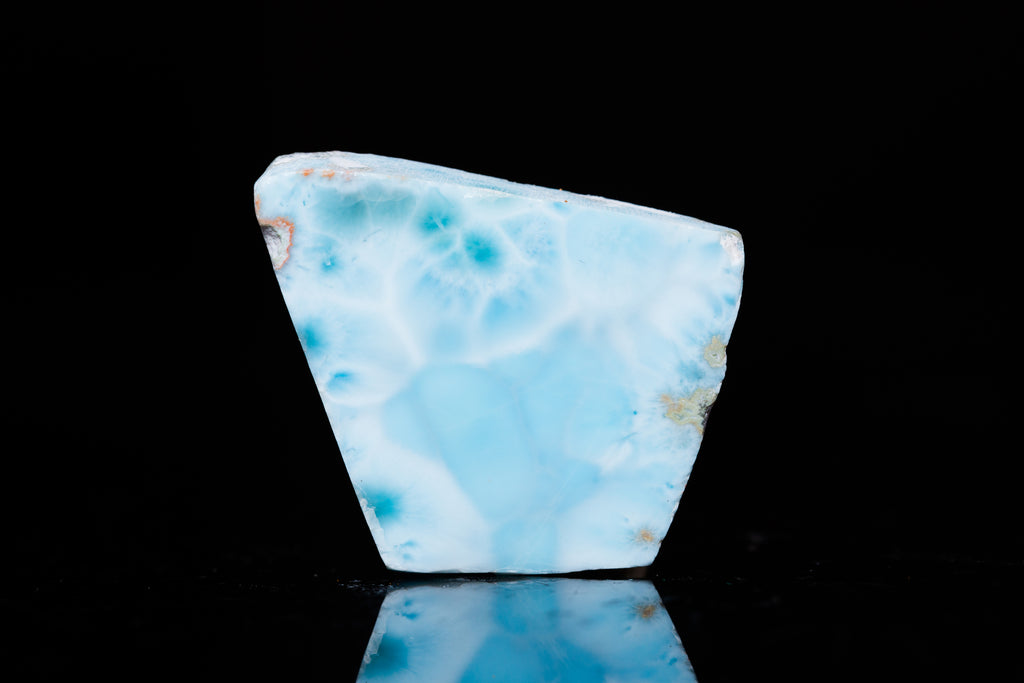
To preserve Larimar jewelry's beauty, follow these guidelines:
-
Cleaning: Use a soft cloth dampened with lukewarm, soapy water. Avoid harsh chemicals.
-
Storage: Store in a soft pouch or separate compartment to prevent scratches.
-
Exposure: Minimize exposure to direct sunlight and extreme temperatures to avoid color fading or damage.
-
Polishing: Professional polishing is recommended once a year to maintain shine.
-
Wear: Remove Larimar jewelry during physical activities and household chores to protect from impacts and abrasions.
Conclusion and Future Outlook
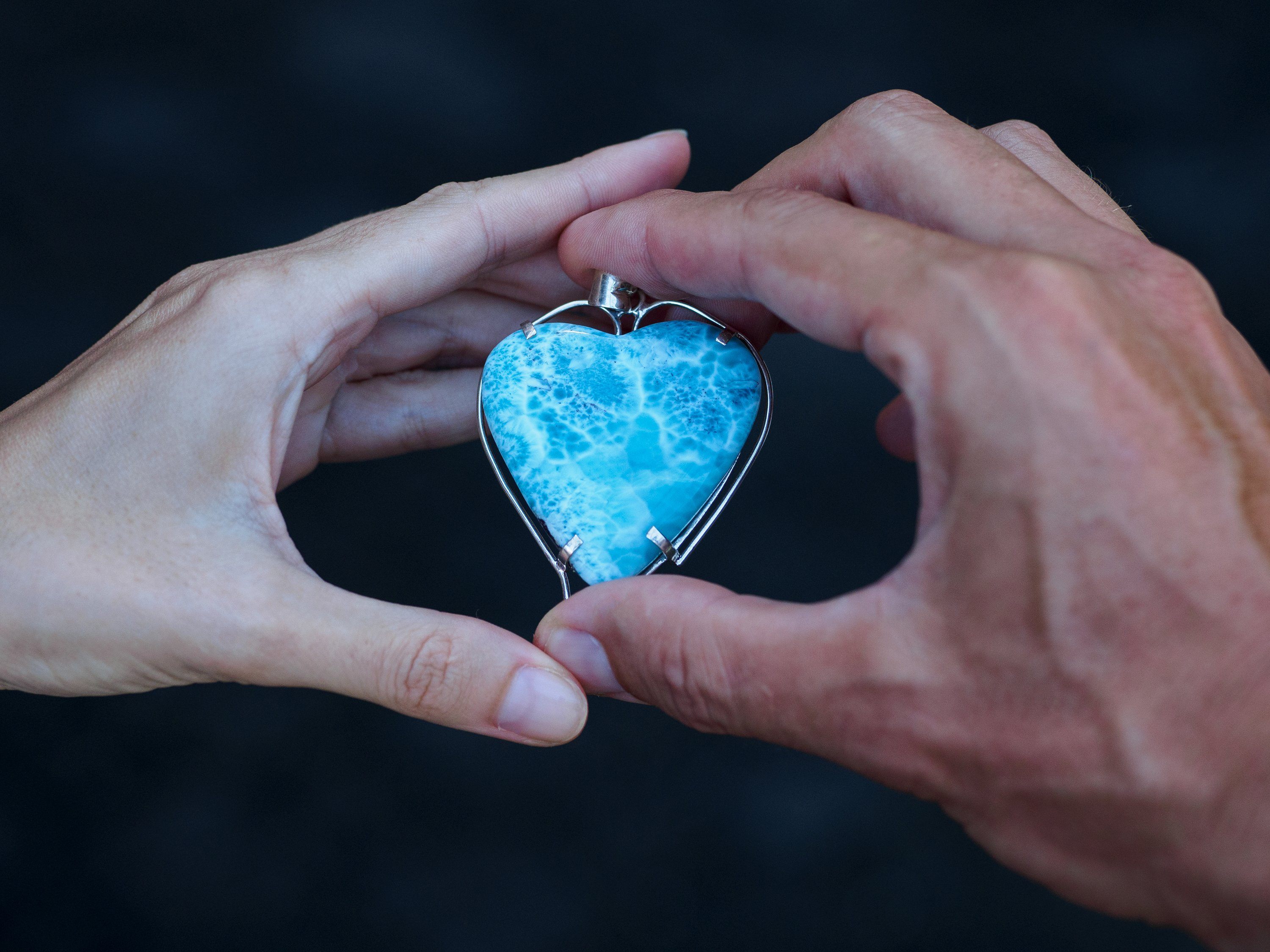
Continued exploration and sustainable mining are essential for the future of Larimar. The government and local communities should collaborate to ensure environmental protection.
-
Research and Development: Investing in advanced mining technologies will enhance extraction efficiency.
-
Market Expansion: Promoting Larimar in global markets can boost economic growth.
-
Ecotourism Potential: Educating tourists about Larimar can create new economic opportunities.
Ensuring the ethical sourcing and environmental sustainability of Larimar should remain a priority. This will preserve its natural beauty and cultural significance for future generations.


